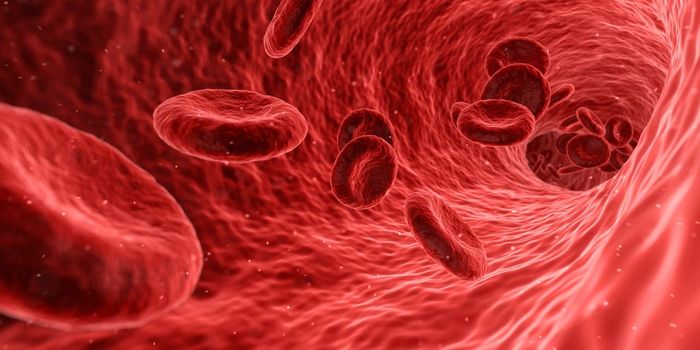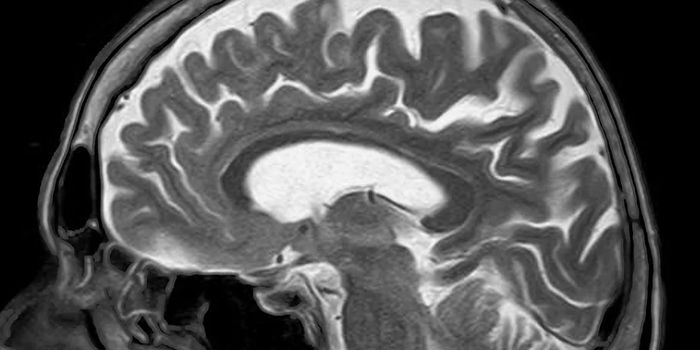Alzheimer's Blood Test Outperforms Traditional Diagnostics

"Blood tests, once they (a) are confirmed in large populations to be more than 90% accurate and (b) become more widely available, show promise for improving, and possibly redefining, the clinical trial recruitment process and the diagnostic work-up for Alzheimer's," said Maria C. Carrillo, Ph.D., Alzheimer's Association chief science officer and medical affairs lead, in a press release.
"While at this time doctors in primary and secondary care should use a combination of cognitive and blood or other biomarker testing to diagnose Alzheimer's, blood tests have the potential to increase the accuracy of early diagnoses and maximize the opportunity to access Alzheimer's treatments as early as possible for better outcomes," she continued.
For the study, 1, 213 patients were tested with PrecivityAD2 test (APS2), which uses a combination of plasma phosphorylated-tau217 to not-phosphorylated-tau217 ratio and the ratio of two types of amyloid (Aβ42/Aβ40) to detect AD.
Among 698 patients in memory clinics, APS2 was around 90% accurate at detecting AD, whereas specialists were 73% accurate. Among 515 patients in primary care, APS2 was again around 90% accurate, while primary care physicians had an accuracy of 63%.
"Notably, these were the results of blood samples that have been shipped bi-weekly for analysis from primary care units, which is similar to routine clinical practice," said lead author Sebastian Palmqvist, M.D., Ph.D., at Lund University, Lund, Sweden in a press release.
"These results were especially impressive considering that older populations in primary care often have medical conditions that can influence or vary the concentrations of p-tau217," he added.
Senior author of the paper, Oskar Hansson, M.D., Ph.D., also at Lund University, said in the same press release that the next steps include establishing guidelines for how an AD blood test could be used in clinical practice. He recommended implementing blood tests in specialist care settings first, and primary care settings secondarily.
Sources: Neuroscience News








